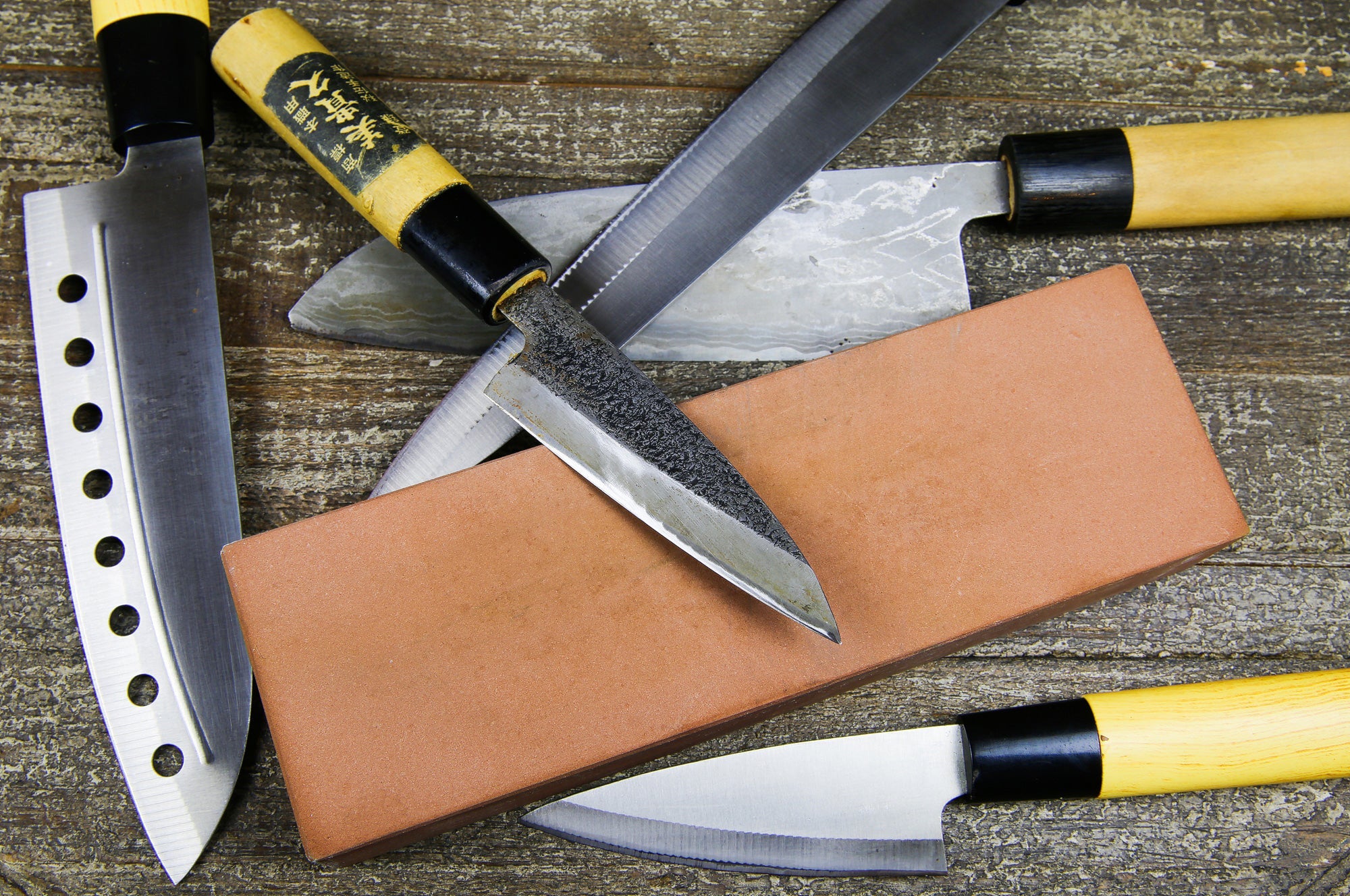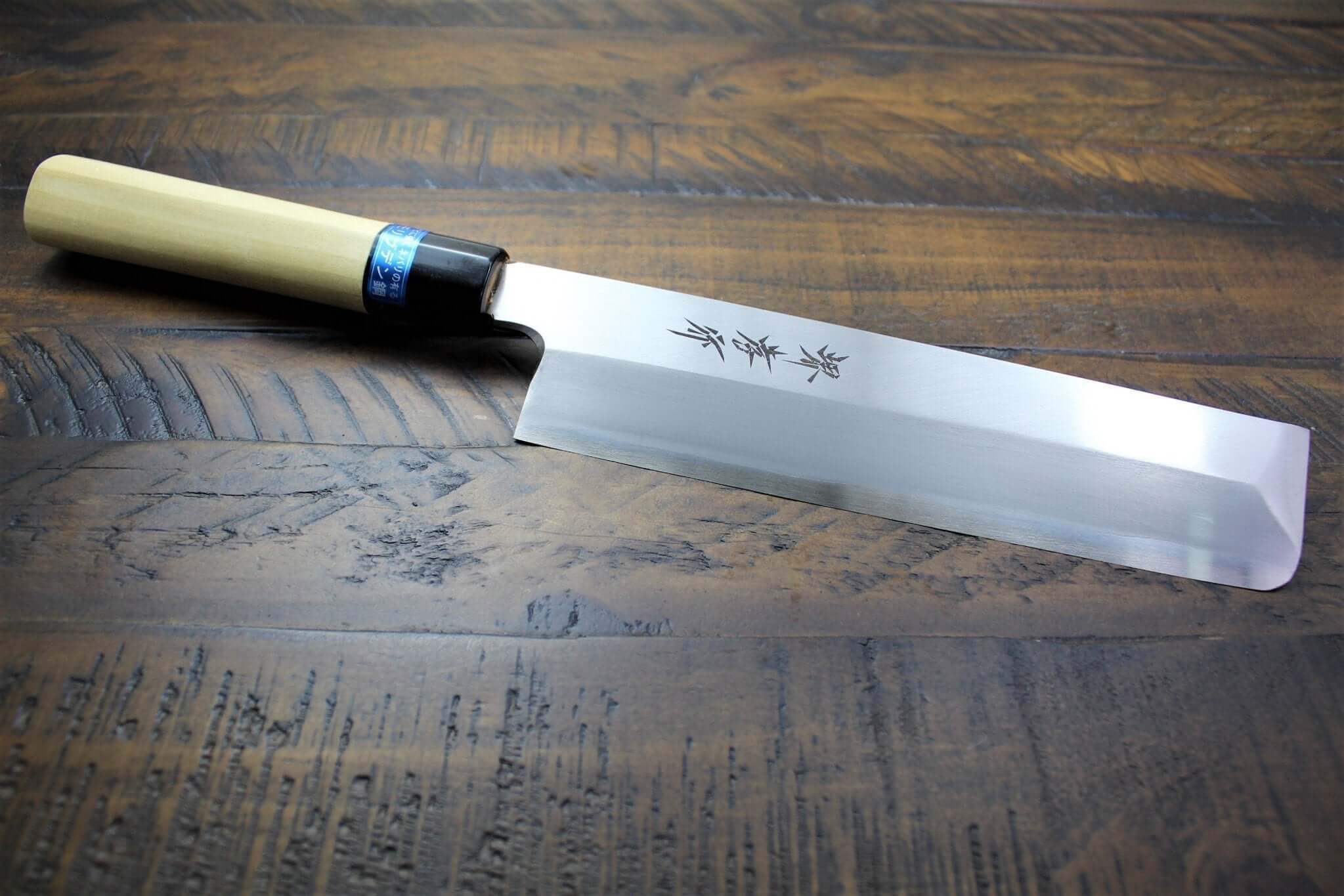
What Angle To Sharpen Japanese Knives For Best Results
When it comes to sharpening Japanese knives, many chefs and home cooks ask: what angle to sharpen Japanese knives for the best results? Unlike Western knives, which typically have a more obtuse edge, Japanese knives are renowned for their sharpness, thanks to a more acute angle. Whether you are sharpening a Santoku knife or another Japanese-style knife, knowing the right angle can drastically improve your cutting experience.
The Basics of Japanese Knife Angles
Sharpening a knife at the correct angle is crucial to its performance. Japanese knives, whether they are used by professionals or enthusiasts, rely on a precise edge to slice through food effortlessly. Most Japanese chef knives are designed with a fine, acute edge that ranges between 10 and 15 degrees per side. This is significantly sharper than the typical Western knife, which usually has an edge angle of around 20 degrees.
What Angle to Sharpen a Santoku Knife
A Santoku knife, one of the most versatile kitchen tools, requires a sharpening angle of approximately 10 to 15 degrees per side. This fine angle creates a sharp edge perfect for slicing, dicing, and chopping various ingredients, especially vegetables. Due to the blade's flat edge, it is optimized for precise cuts, and keeping the angle consistent is vital for maintaining that precision.
The Santoku knife's angle may vary slightly depending on the manufacturer, but the range of 10 to 15 degrees is typically ideal. Sharpening a Santoku knife at this angle will ensure that you achieve the balance between sharpness and durability.
Japanese Knife Sharpening: Double Bevel vs. Single Bevel
Understanding the difference between double bevel and single bevel knives is also essential. Most modern Japanese knives, like the Gyuto or Santoku, are double bevel knives. These knives have edges on both sides, which means you will need to sharpen both sides at the same angle. For a double bevel knife, the recommended angle is 10 to 15 degrees per side, bringing the total edge angle to 20 to 30 degrees.
Finding the Right Angle for Japanese Knives
If you do not have a specific guide or angle recommendation from the manufacturer, how can you find the right angle to sharpen your knife? Many people recommend starting with a 15-degree angle. For most Japanese knives, this will ensure a sharp edge without compromising durability. You can use a protractor or an angle guide to maintain consistency during sharpening.
If you are sharpening a Santoku knife, for example, start by setting the knife at 10 to 15 degrees and gently stroke the blade against a whetstone. Be mindful to sharpen both sides evenly. If you are unsure, erring on the side of a lower angle (closer to 10 degrees) will give you a finer edge.
Sharpening Japanese Knives: Tools You Need
To sharpen your Japanese knife at the perfect angle, you will need the right tools. Japanese whetstone sharpening are the most effective and traditional way to sharpen Japanese knives. There are several types of sharpening stones available, such as 1000/6000 grit stones for general maintenance and 3000/8000 grit stones for polishing and refining the edge.
For beginners, angle guides can be an excellent investment. These tools ensure that you maintain the correct angle while sharpening, making the process easier. With a sharpening stone, you can gradually work your way through the grits, starting with a coarser stone to remove dullness and finishing with a finer stone to polish the blade.
Sharpening Technique for Japanese Knives
Proper technique is just as important as the sharpening angle. When using a whetstone, always make sure to wet the stone with water to avoid damaging the blade. Hold the knife at the correct angle and move the blade along the stone in a consistent, gentle motion. Ensure that you work both sides of the blade equally to maintain symmetry.
It is important not to rush the process. Take your time to gradually sharpen the blade, checking the sharpness periodically. When done, test the blade by carefully slicing through a piece of paper. A well-sharpened knife should glide through the paper without resistance.
How Sharpening Angle Affects Knife Durability
The angle at which you sharpen your knife will not only affect its sharpness but also its durability. A lower angle creates a sharper edge, but it can also make the blade more prone to chipping or dulling quickly. On the other hand, a slightly higher angle provides more durability but sacrifices some sharpness. Therefore, it is a balance between the two that results in an ideal sharpening angle.
Maintaining the Sharpness of Your Japanese Knife
Once you have sharpened your knife to the desired angle, it is crucial to maintain its sharpness. Regular honing can help keep the blade aligned and extend the time between full sharpening’s. Use a honing steel to maintain the edge after each use, which will help the knife remain sharp for a longer period.
How to Keep Your Japanese Knives in Top Shape
Proper maintenance is essential to keep your knives performing at their best. After each use, clean your knives carefully, and dry them immediately to avoid rusting. Store them in a safe place, such as a knife block or a magnetic strip, to prevent the blades from getting damaged.
What Makes Japanese Knives Stand Out
The sharpness and precision of Japanese knives are unmatched in the culinary world. The craftsmanship behind each blade is rooted in centuries of tradition, with the angles and sharpness carefully honed to provide the most effective cutting experience.
Japanese knives, from Gyuto to Santoku, are made to excel at specific tasks, and choosing the right sharpening angle is just one way to make sure they perform at their best.
Bringing It All Together
Sharpening your Japanese knife at the correct angle is vital for both performance and longevity. By following the recommended 10 to 15 degrees for most knives, including Santoku knives, you can achieve the sharpness you need for any kitchen task. At Hasu-Seizo we not only offer handcrafted knives but also resources and guides on Japanese whetstone sharpening, helping you get the best results from your tools.


